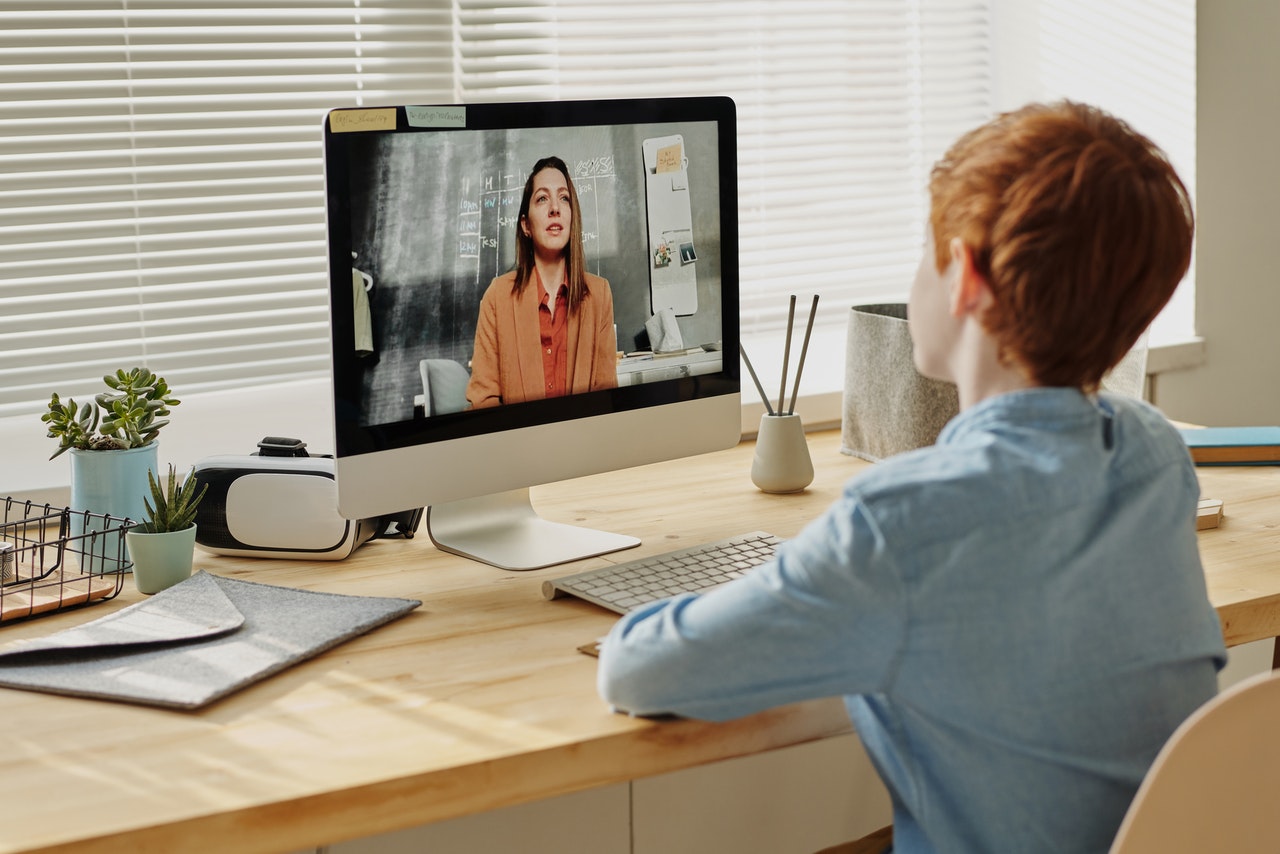Longing For Ordinary While Preparing for What’s Next

This article also appeared in the Baltimore Business Journal on September 11, 2020.
Baltimore independent schools are, and have been, operating in crisis mode since mid-March. I’ve been involved first-hand as the treasurer of a small, rural independent school. The amount of information that must be consumed and reacted to on a daily basis has to be akin to what I would imagine the Pentagon deals with day in and day out; although, we are nowhere close to being comparably equipped to handle that amount of data and transition. Despite this, we have become all too familiar with the quote “never let a good crisis go to waste”. That phrase gives us the freedom to look at things from an angle and perspective we were never given permission to do previously.
There are some things that we must do – revise the budget that was passed so naively before the pandemic, approve expenditures necessary to comply with CDC guidance and cross your fingers that this is only for the time being. Many are also keenly aware that nothing is temporary and this likely initiated a ripple effect we will see for years to come. Here is my to-do list – I suspect that you may be pondering the same.
There have been many ups and downs since most Baltimore independent schools passed their budget for the upcoming school year. The anticipation of “will they or won’t they reopen in person” caused families to second guess their commitment to the school, or more aptly to the tuition, for distance learning. After getting a taste of distance learning during the spring, they knew what they were signing up for and recognized it does not replace in-person learning. On the flip side, parents who witnessed distance learning in the public school setting were eager to sign up for an independent school, notwithstanding of whether they would be remote or in-person. While many schools saw higher than normal attrition rates for existing students, they were also seeing an influx of public school students, mostly at the younger ages where distance learning may have been less effective. Regardless of where enrollment lands, there is no way this school year will look like the vision the finance committee had when it recommended the budget to the board prior to the pandemic. As a result, it will be far more meaningful if a new budget is agreed upon so that you can monitor actual revenue and expenses against a budget that has fully considered the existing enrollment and education delivery method, as well as all of the projected costs for keeping the students, faculty and staff safe.
For all that has changed in the past six months, we must also recognize that we may not fully grasp what those changes might bring in the long run. How is it that the world can come to a stop and the economy sputter, yet the financial markets continue to soar? Will that paradox continue or will one align with the other? Either way, it may have an impact on our endowment draw in the coming years. What will happen to our enrollment numbers when public schools return to form? Will those families who left because they didn’t believe in the value of distance learning at the existing tuition price return? What happens to the capital campaign we started? Is it still needed? While a forecast is only a guide, any existing long-range plan is yet another casualty of the pandemic and it’s time to look at what may lay ahead based on our new circumstances. We must think farther than just this school year and anticipate multiple outcomes if we are to fulfill our duty as fiduciaries of the school.
A crisis ushers in changes that may have never had a chance of being considered before and because of this, people are far more receptive to radical ideas. We should spend time seriously considering new concepts and give credence to those that could fit long after the pandemic has retreated. Is there a place for virtual learning as a permanent offering? Might we be able to incorporate video conferencing as a productive tool for students, faculty, administrators and board members? Could our spaces be utilized more efficiently for both instruction and extracurricular activities? We sincerely hope we never replace the value of human interaction in a face to face environment, but evolution has a way of marching on, despite what we believe. Not looking at ways to implement the techniques we have come to depend on is short sighted and simply assuming all of it must be tossed aside post-pandemic does a disservice to students and staff alike.
While we never want to relive the last six months, the impact is too massive and will no doubt have a lasting financial impact for many Baltimore-area independent schools. Revising the budget, long-range financial model and considering whether any of our responses should be make permanent are just a few things that should be top of mind while we long for the return to ordinary, whatever that may ultimately be.
Get ready, because by subscribing to our email insights, you'll be among the first to hear from our experts about key issues directly impacting your privately held business or not-for-profit.